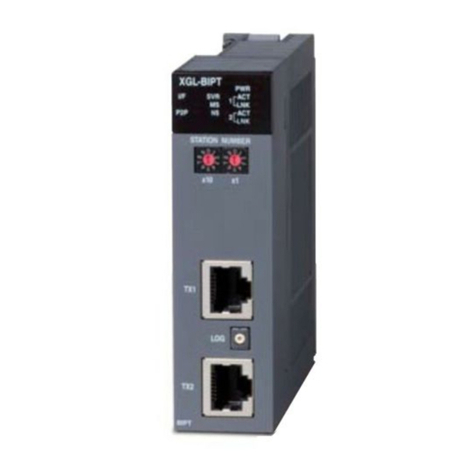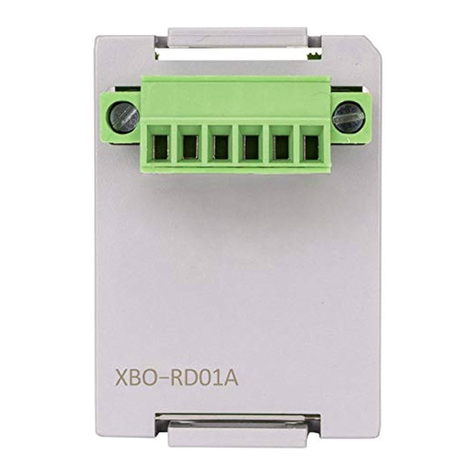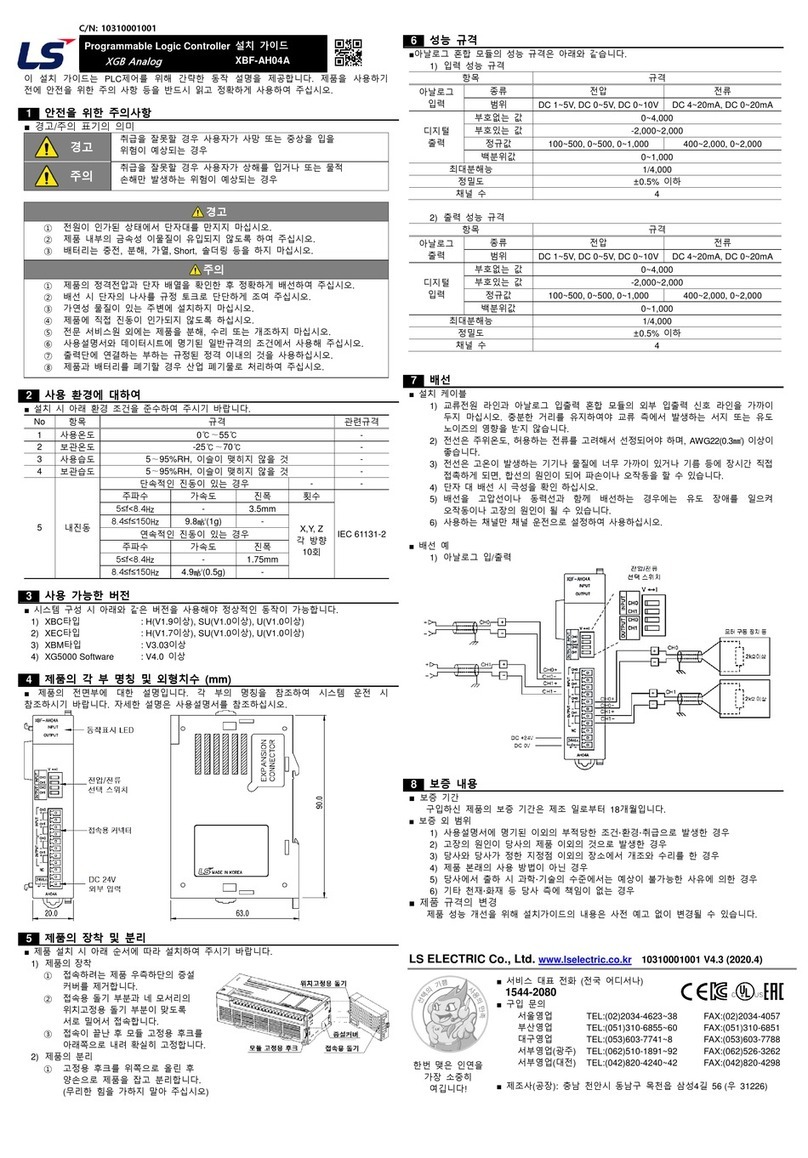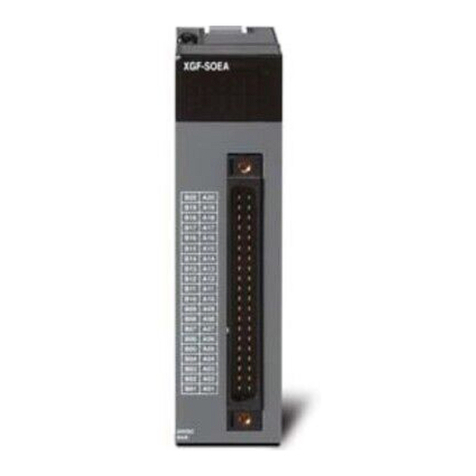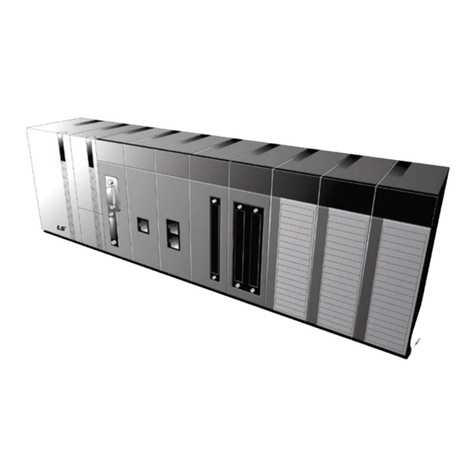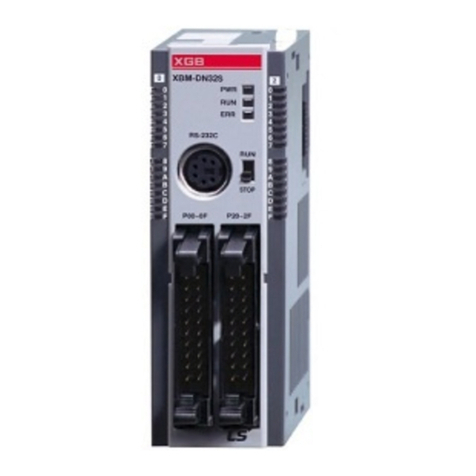
About User's Manual
1
About User’s Manual
Thank you for purchasing PLC of LS ELECTRIC Co.,Ltd.
Before use, make sure to carefully read and understand the User’s Manual about the functions, performances,
installation and programming of the product you purchased in order for correct use and importantly, let the end user
and maintenance administrator to be provided with the User’s Manual.
The Use’s Manual describes the product. If necessary, you may refer to the following description and order
accordingly. In addition, you may connect our website(https://www.ls-electric.com/)and download the information
as a PDF file.
Relevant User’s Manual
Title Description No. of User
XG5000 User’s
Manual
It describes how to use XG5000 software especially about
online functions such as programming, printing, monitoring
and debugging by using XGB (IEC language)
10310000512
XGI/XGR/XEC Series
Instruction &
It describes how to use the instructions for programming
using XGB (IEC language) series. 10310000510
XGB Main unit
User’s Manual
It describes how to use the specification of power/input
/output/expansion modules, system configuration and built-in
High-speed counter for XGB main unit.
10310000983
XGB Analog
User’s Manual
It describes how to use the specification of analog
input/analog output/temperature input module, system
configuration and built-in PID control for XGB main unit.
10310000920
XGB Position
It describes how to use built-in positioning function for XGB
10310000927
XGB Cnet I/F
It describes how to use built-in communication function for
XGB main unit and external Cnet I/F module.
10310000816
XGB Fast Ethernet I/F
It describes how to use XGB FEnet I/F module. 10310000873
Commnunication
It describes how to use XGB
Module 10310001245
Commnunication
It describes how to use XGB EtherNet/IP Communication
module 10310001159
(Master) User’s
It describes how to use XGB Profibus-DP I/F
(Master) Commnunication Module 10310001310

